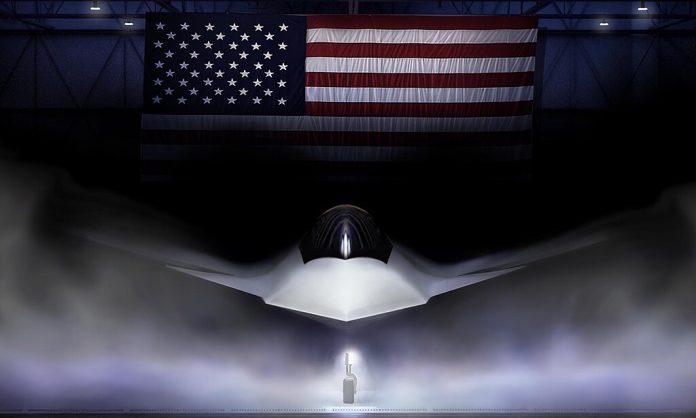
What happens when a classified aircraft program finally steps into the light of day? For the U.S. Air Force, it is the Boeing F-47: a sixth-generation fighter jet that could make its first flight in 2028. That milestone comes as the service balances an urgent need to modernize with an equally pressing demand to sustain readiness across its legacy fleets.
Newly sworn-in Chief of Staff Gen. Kenneth Wilsbach has made it clear such programs as the F-47, CCA, and the B-21 bomber will help ensure the Air Force wins in a future high-threat environment. While Chinese next-generation fighters have already taken to the skies publicly, U.S. readiness metrics stand at historic lows, and development of the F-47 is more than another acquisition-it’s a strategic pivot point.
The following sections flesh out, in greater detail, some of the most important aspects of the F-47 program, its fit within the modernization strategy at the Air Force, and the broader operational environment that is driving the accelerated timeline.
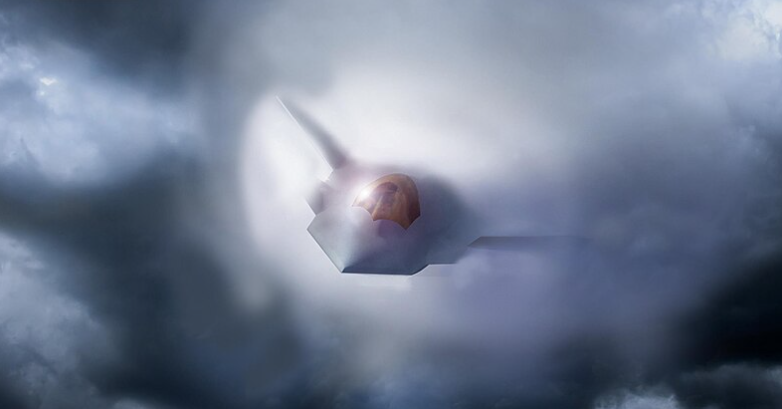
1. Boeing wins NGAD Program
The F-47 emerged as the manned element of the NGAD program, selected in competition with Lockheed Martin and Northrop Grumman demonstrators. Its selection, announced at the start of 2025, marked Boeing’s return to the tactical fighter sphere after decades of dominance by Lockheed. This came after years of uncertainty when the program was briefly put on hold, pending White House review.
NGAD is less a single plane than a family of systems at the center of which is the F-47, able to operate in concert with autonomous CCAs, advanced sensors, and perhaps stealthy aerial refueling platforms. Taken all together, they reflect a shift toward distributed, networked air dominance as opposed to platform-centric thinking.

2. Classified Design and Strategic Deception
Such is the secrecy surrounding the F-47 that, for all its high profile, it is extremely elusive visually to date, only two partial renders have been published, and even these are said to feature deliberate misdirections. This was implied by Secretary of the Air Force Troy Meink when he suggested Chinese intelligence analysts would struggle to extract useful details from the imagery.
Relatively little has been seen or heard of the F-47, compared with the very public flight testing of the Chinese J-36 prototype. There are a number of rumors about the F-47-that it is tailless, twin-engined, and optimized for all-aspect stealth-but none of these can be confirmed. Secrecy will shroud sensitive design features and complicate adversary planning.

3. Beyond the F-22 Sixth-Generation Capabilities
In many ways, the F-47 has been conceptualized to create a generational leap over the F-22 Raptor by integrating the most advanced stealth geometry with adaptive propulsion and sensor fusion. Targeted to fly over Mach 2, its combat radius will be more than 1,000 nautical miles other sources quote more than 1,800 km. Above all, it will be a “combat quarterback” leading AI-enabled drone wingmen in contested environments. Manned-unmanned teaming means extending reach, increasing survivability, and multiplying combat effects in high-threat theaters such as the Indo-Pacific.
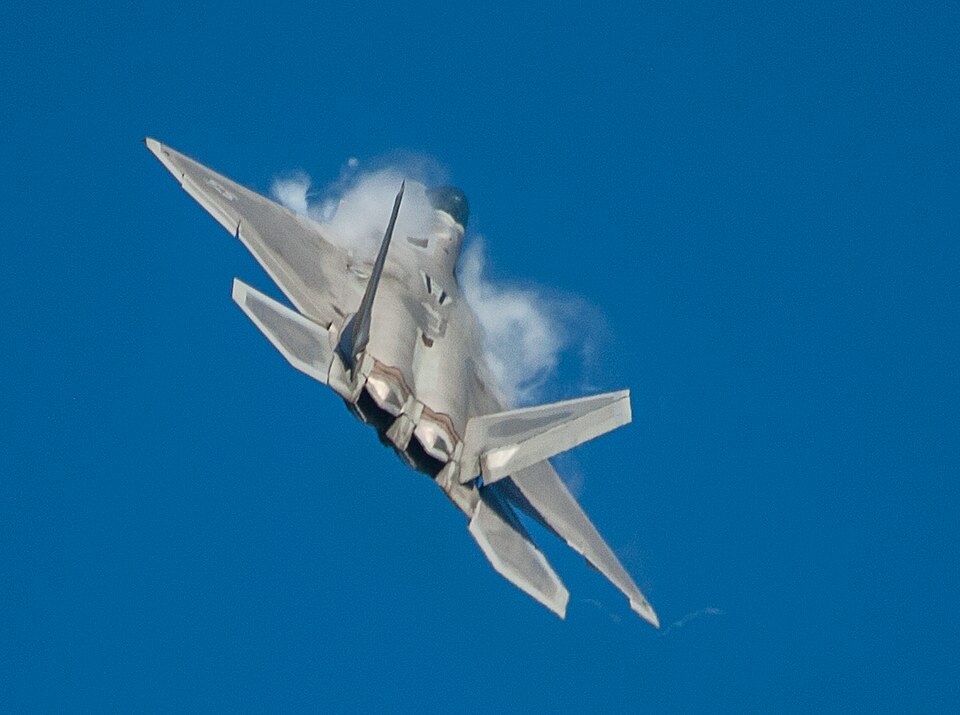
4. Timeline and Production Goals
The Air Force has set its first flight for 2028 and says entry into service may be possible in 2029, depending on prototype maturity. A minimum quantity of 185 aircraft is planned to match or surpass today’s fleet size of the F-22. Early low-rate production reportedly has gotten underway in St. Louis at Boeing’s Phantom Works with fabrication of major fuselage components already started. Ambitious even by today’s standards, it connotes urgency against Chinese and Russian advances. It uses digital twin technology and advanced simulation, speeding up integration ahead of physical flight testing.

5. Integration with Collaborative Combat Aircraft
The operational concept of the F-47 is pegged on teaming with CCAs-autonomous drones capable of conducting forward sensing, jamming, and strike missions. Representative examples of Anduril’s YFQ-44 and General Atomics’ YFQ-42-models selected for Increment 1 of the CCA program-are already flying. This new form of teaming will let the F-47s project power more deeply into contested airspace at reduced risk to the manned platform. It is also in line with emergent doctrine treating air dominance as a distributed capability, resilient against attrition and electronic warfare.
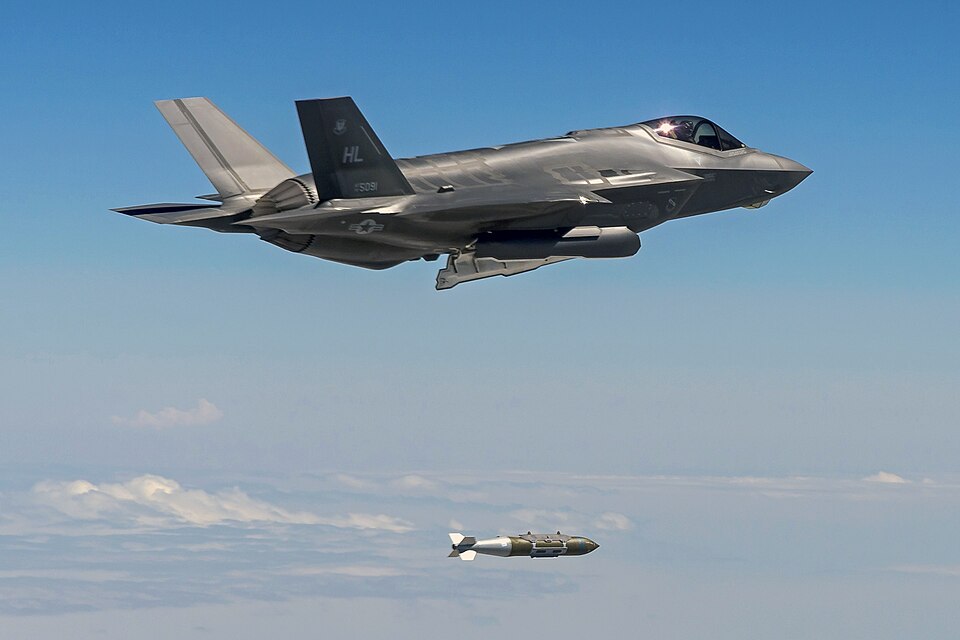
6. Readiness Challenges in Legacy Fleets
From the low 70s two decades ago, Air Force mission-capable rates have slid to 67.15% in FY2024-the lowest it has ever been in at least 20 years. The hardest hit have been fighter fleets, with the F-22 hovering at about 50%, and the F-35A beset by parts shortages. In comments, Gen. Wilsbach has made a point of underlining that modernization cannot be a trade-off for readiness. The balance between current fleet sustainment and funding of next-generation systems is going to require tough choices regarding divestment and steadfast budget commitments.

7. Indo-Pacific Operational Imperatives
The long range and survivability of the F-47 are fitted to the generally large expanses of territory in the Indo-Pacific theater to include advanced adversary air defenses. Being able to be “in the right place, at the right time, with the right capabilities,” deters aggression, U.S. commanders say. The design pre-requisites for such a theater are dispersed basing, integration with unmanned systems, and the ability to penetrate defended airspace. These operational realities are reflected in the F-47 design intended to maintain U.S. air superiority well into the 2030s.
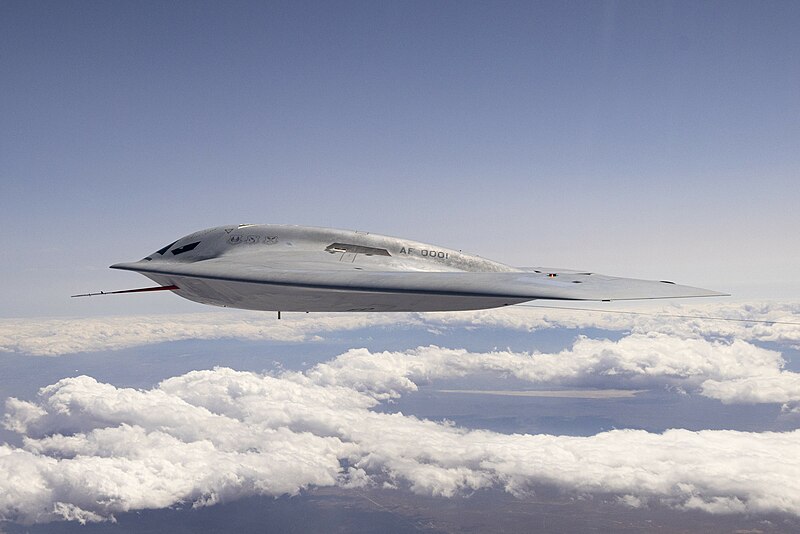
8. Relationship to Larger Modernization Efforts
The F-47 forms part of a wider portfolio of modernization that also includes the B-21 Raider bomber and the LGM-35A Sentinel ICBM. Each of the programs deals with different legs of US strategic capability-from tactical air dominance to nuclear deterrence. This simultaneous recapitalization strains budgets but is seen as indispensable for counter-peer threats. The approach taken by the Air Force is to integrate these systems into a cohesive force structure able to perform missions both conventionally and strategically.
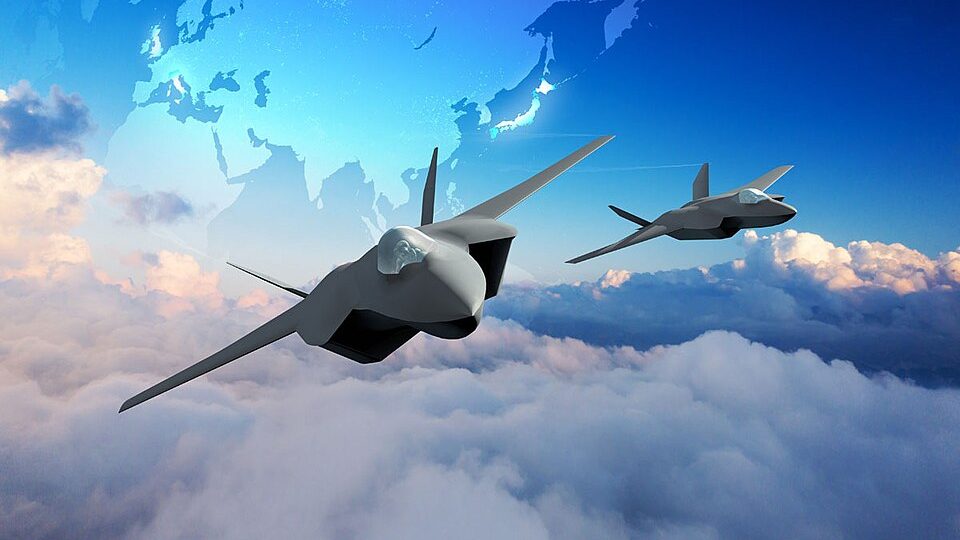
9. Industrial Base and Strategic Significance
The F-47 is an opportunity for Boeing to reassert itself in the fighter market. Its development is likely to spur investment in high-temperature composites, propulsion technology, and AI-enabled mission systems throughout the defense industrial base. Strategically, the F-47 means a commitment to leap-ahead capabilities rather than incremental upgrades. The intent is for the F-47 to be the spearhead of force in future conflicts and open the door through which legacy platforms can be effective in contested environments.
More than just a program milestone, the F-47’s 2028 scheduled first flight is a declaration of intent. This sixth-generation fighter is destined to be both a technological leap and strategic necessity in an era of rising peer competition, declining readiness metrics, and evolving operational concepts. Its success will be determined not just by engineering excellence, but by the Air Force’s ability to integrate the platform into a well-rounded, ready, and resilient force.
